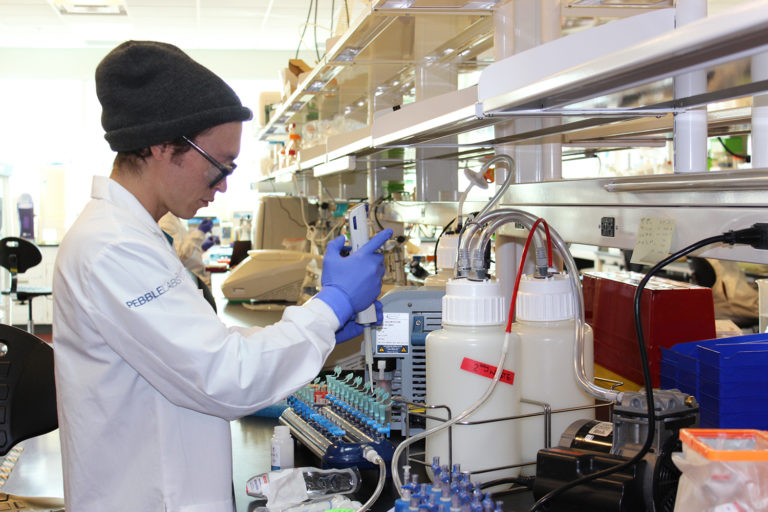
Health & Welfare
Can shrimp diseases be beaten by bacterial interference?
Biotech company Pebble Labs is harnessing bacteria to block the transmission of virulent shrimp diseases in a process known as RNA interference, or RNAi.
Health & Welfare
A literature review of interactions between water microbiota, live food microbiota, immune system and gut microbiota, and biofilm microbial communities in rearing systems.

Health & Welfare
Biotech company Pebble Labs is harnessing bacteria to block the transmission of virulent shrimp diseases in a process known as RNA interference, or RNAi.
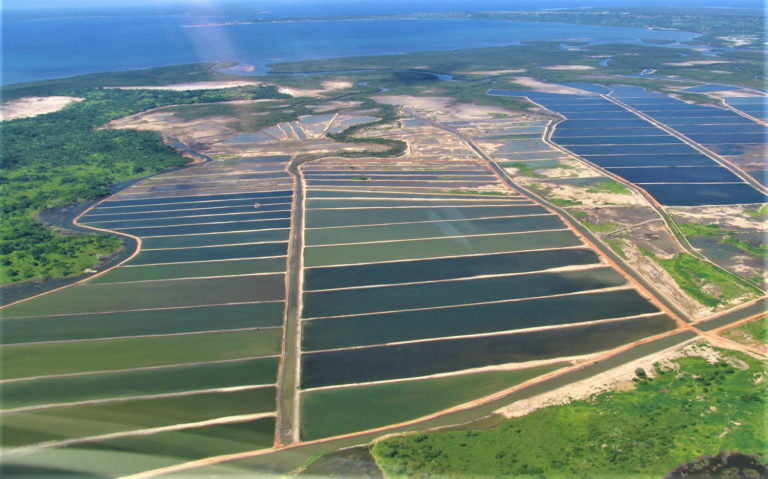
Responsibility
Prof. Boyd discusses the role of bacteria in the biological dynamics of ponds as essential for maintaining proper ecological function and adequate water quality.
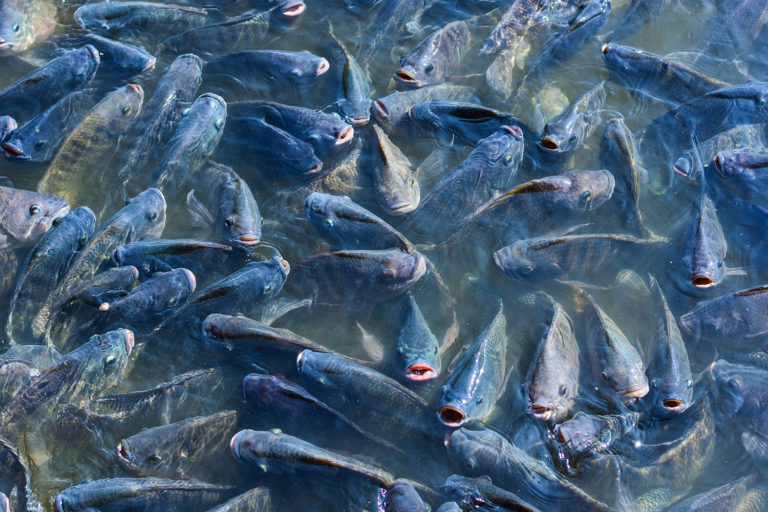
Health & Welfare
The influence of antibiotics in fish and their effects on the gut microbiome aren’t well understood, says research team examining antimicrobial resistance.
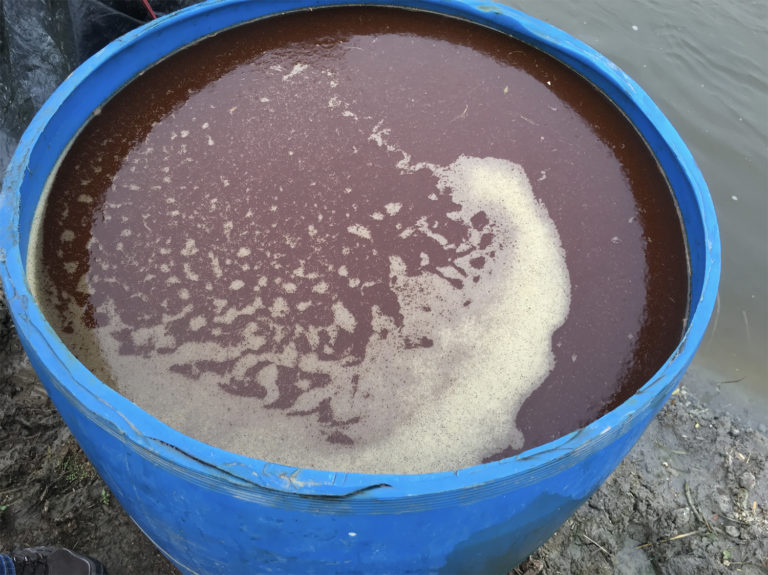
Responsibility
Pond microbial communities are a critical and often overlooked component of aquaculture ecosystems. Bacterial amendments like probiotics provide significant support to shrimp farmers around the world.
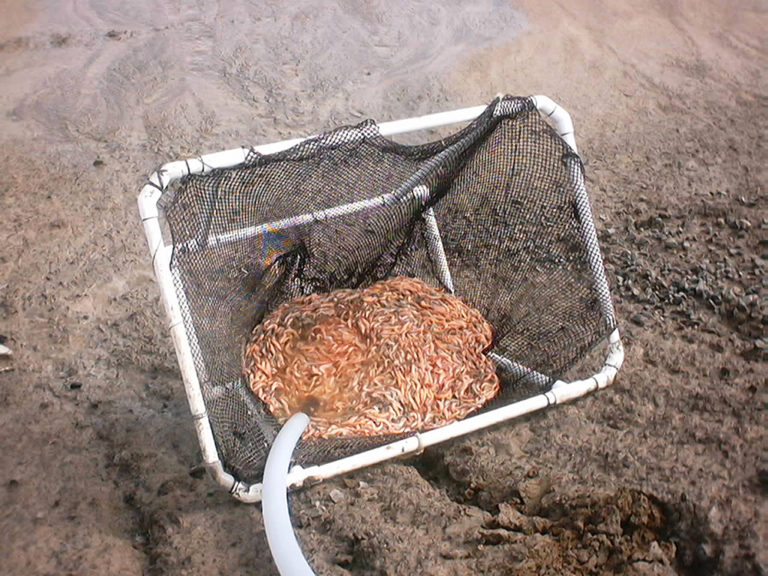
Aquafeeds
Los alimentos acuícolas para camarón – vivos, frescos o formulados – no deben ser un punto de entrada de patógenos potenciales para el camarón y/o sus sistemas de cultivo.

Aquafeeds
Shrimp aquafeeds – live, fresh or formulated – should not be an entry point of potential pathogens to the shrimp and/or to their culture systems.
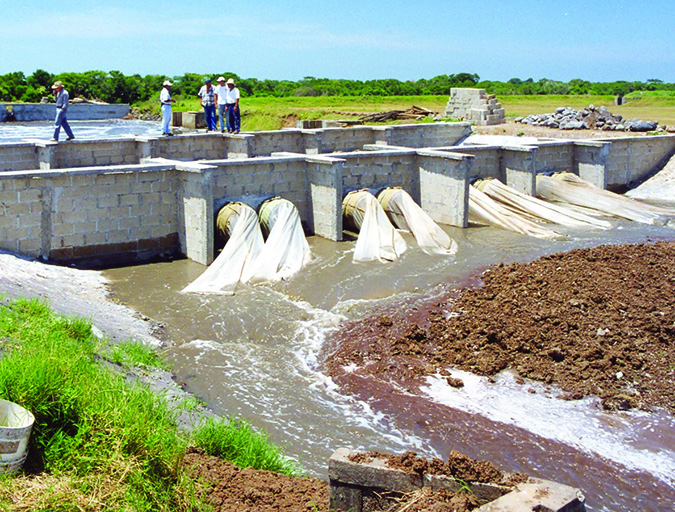
Health & Welfare
Strategies to control Vibrio bacteria at aquaculture farms must revolve around limiting inputs, including those from postlarvae suppliers, those that come in with the water, those that remain in the soil between crops and those in the feed and accumulated organic matter.
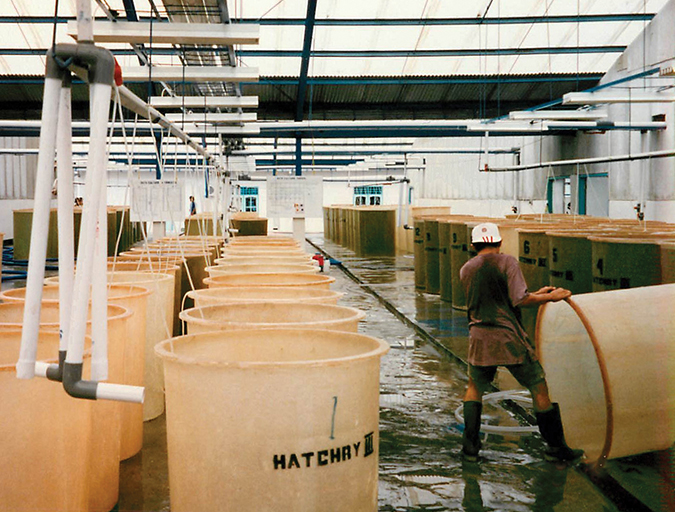
Health & Welfare
Control of Vibrio bacteria should focus on minimizing overall bacterial loads and the potential for horizontal transmission. The challenge for hatchery managers is identifying gaps in biosecurity and plugging them without creating niches for other potential pathogens.
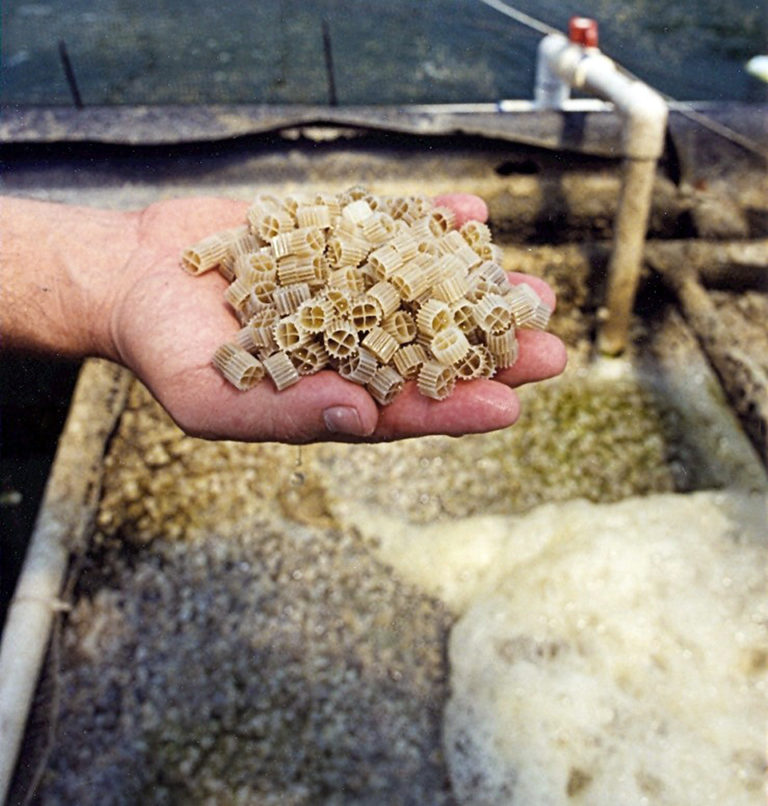
Innovation & Investment
Biological filtration is one of the critical required unit processes in recirculating aquaculture systems. Non-corrosive filter media with large amounts of surface provides area for nitrifying bacteria cells to colonize.
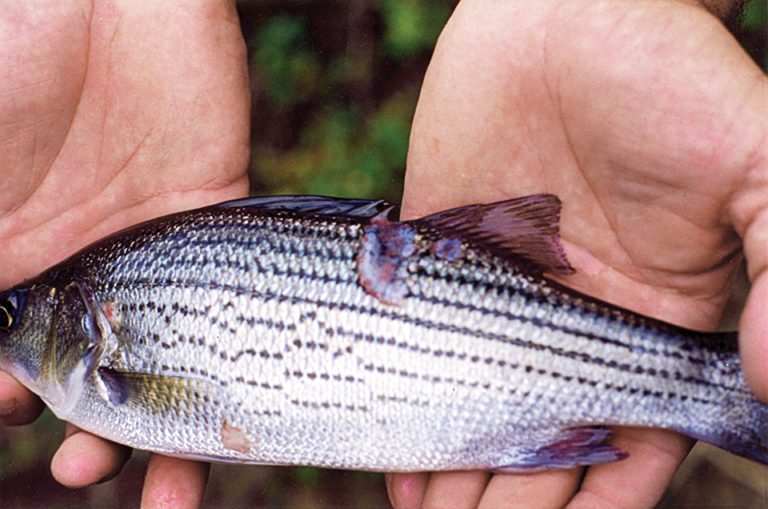
Health & Welfare
No antimicrobial agent has been developed specifically for aquaculture applications. However, some antibiotic products used to treat humans or land-based animals have been approved for use at aquaculture facilities.
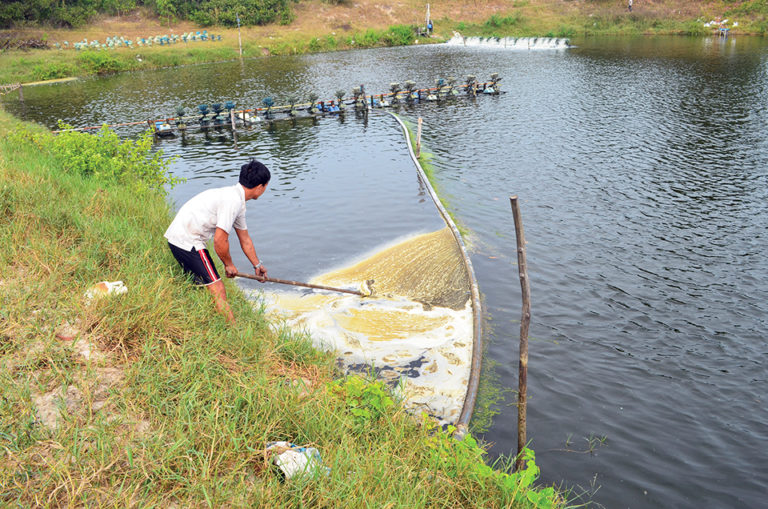
Health & Welfare
The development of polymerase chain reaction testing to detect the bacteria that cause EMS is important, but confirmation by bioassay of presumptive positives to ensure pathogenicity is a prudent intermediate step.
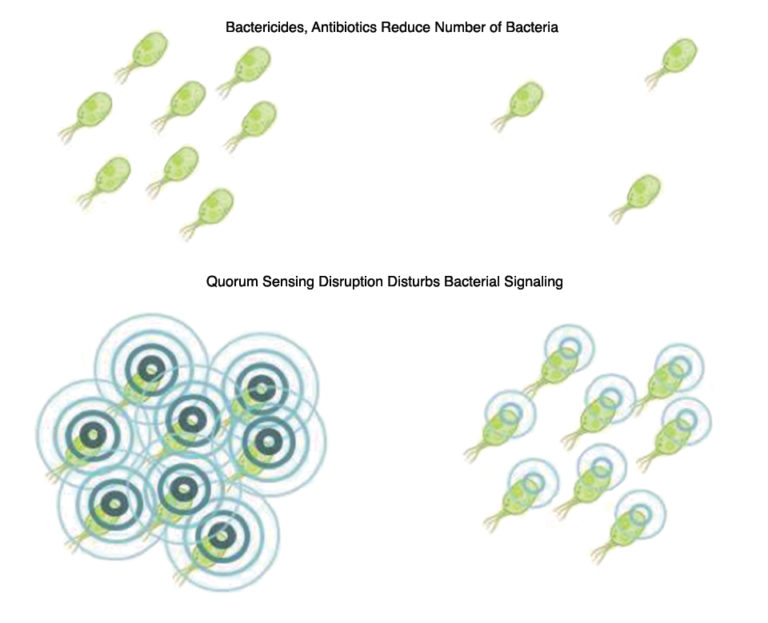
Health & Welfare
The pathogenicity of early mortality syndrome in shrimp is likely regulated by quorum sensing, which allows the Vibrio bacteria that colonize shrimp guts to coordinate the release of the toxin that damages shrimp digestive systems.
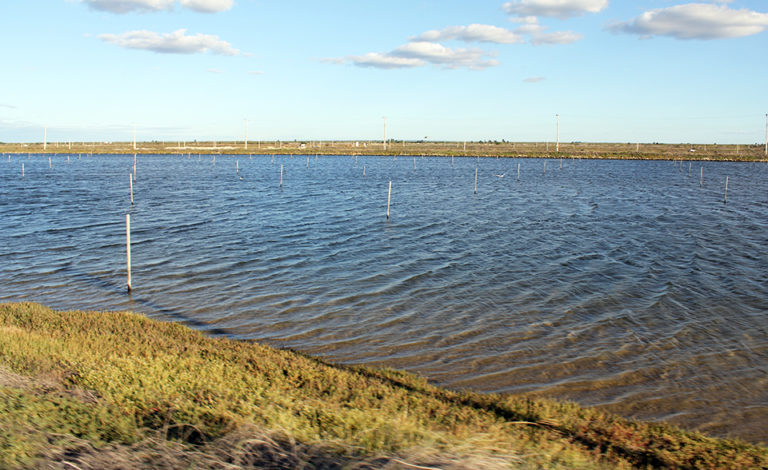
Health & Welfare
Vibrio parahaemolyticus, a strain of which is the cause of acute hepatopancreatic necrosis (AHPN), has both virulent and benign strains. This strain colonizes the stomachs of shrimp by the formation of a biofilm, which protects it from antibiotics and other potential treatments.
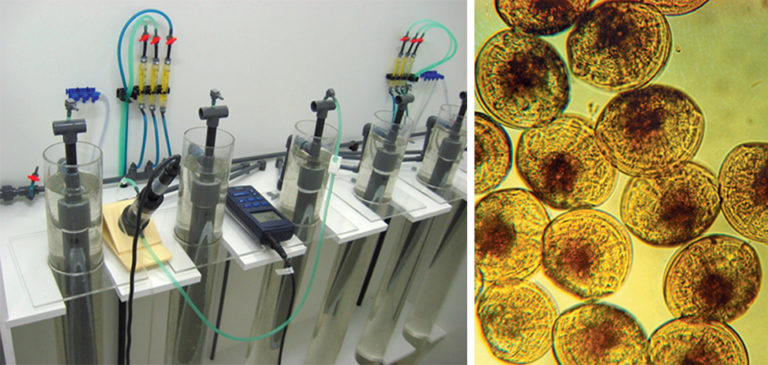
Health & Welfare
The REPROSEED project is taking a focused, cooperative approach to better understanding of optimized mollusc hatchery/nursery-rearing techniques.
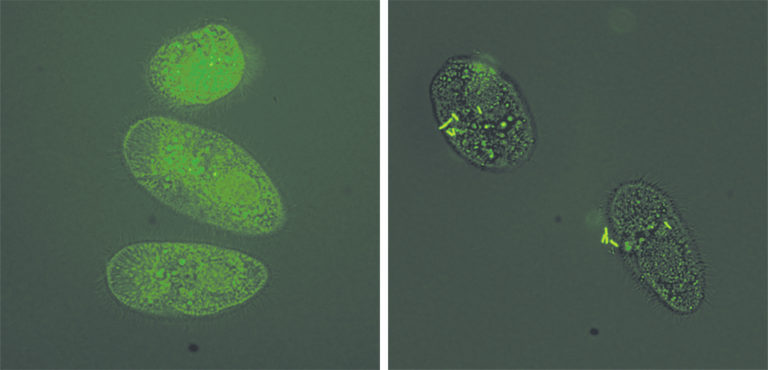
Health & Welfare
The authors used Ichthyophthirius multifiliis (ich) and fluorescent-tagged Edwardsiella ictaluri to examine whether parasites vector bacteria into fish.